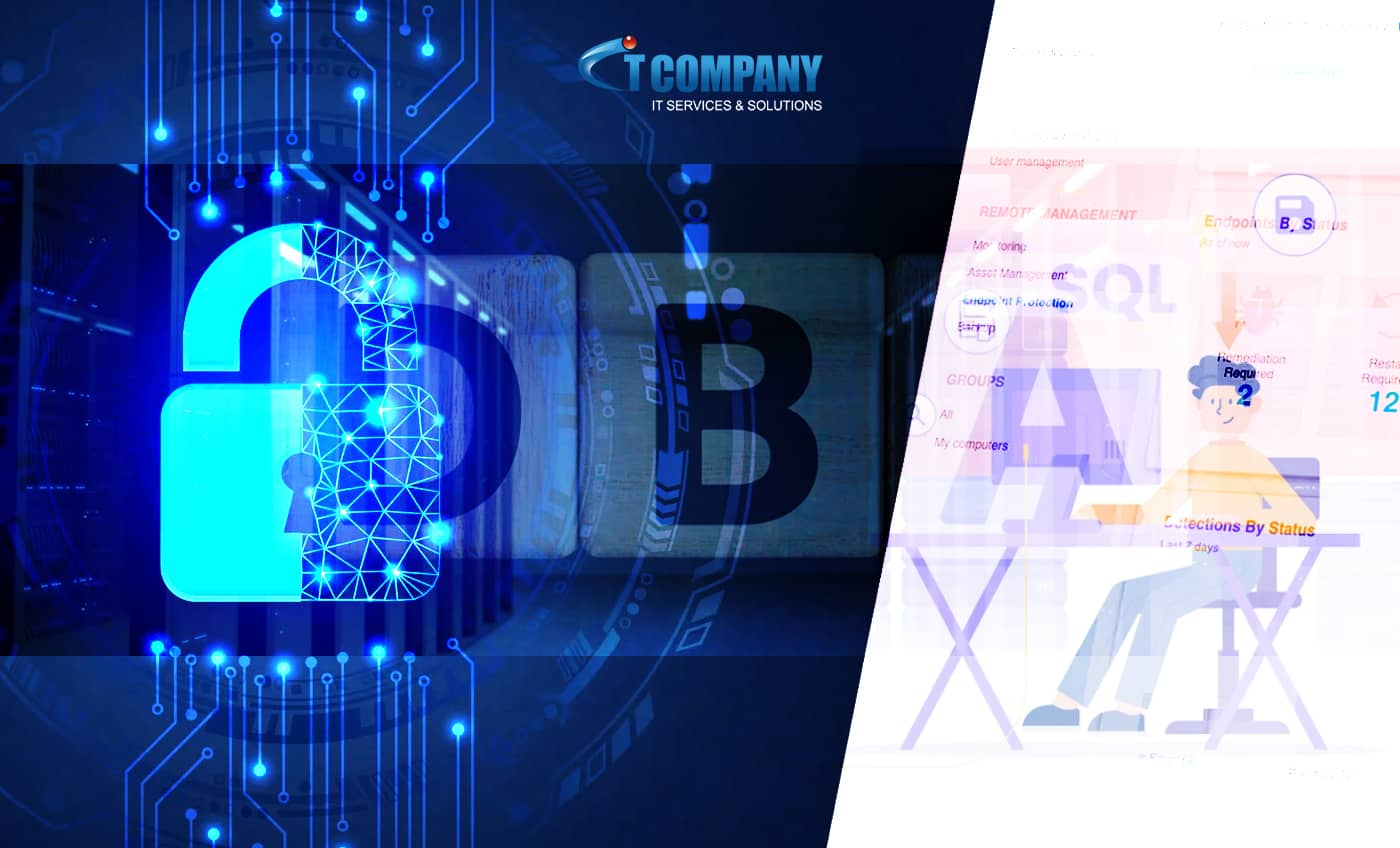The importance of database security is crucial in the age of cyber-attacks and data breaches. Enhancing security for businesses that use SQL Server is a continuous effort. It necessitates a thorough awareness of possible vulnerabilities and how to fix them. This blog delves into essential SQL Server security measures, giving invaluable insights for Database Administrators (DBAs).
Table of Contents
ToggleWhat You Need to Know SQL Server database security?
Data is a valuable commodity in today’s corporate environment, making it a tempting target for hackers. It is critical to protect your SQL Server databases against unauthorised access, data breaches, or loss. Adequate SQL Server security contributes to data integrity, the protection of sensitive information, and the preservation of consumer confidence.
Using Windows Authentication to Secure Authentication and Authorisation: SQL Server authentication is less secure than Windows authentication. It employs security protocol, enforces password policies for complexity validation, and supports account lockout, among other things.
Use the Principle of Least Privilege: Allow people to do their jobs with the bare minimum of permissions. Avoid granting excessive privileges and examine and remove superfluous permissions on a regular basis.
Improving the Security of Your SQL Server Instance
Maintain Your SQL Server: Check that your SQL Server instance is running the most recent version and has all of the current fixes applied. Regular updates defend your system against known vulnerabilities that hackers may exploit.
Reduce SQL Server Surface Area: Turn off features, services, and components that you aren’t utilising. This decreases the number of possible attack channels for unauthorised users.
Using Transparent Data Encryption (TDE) to Protect Your Data: TDE encrypts your data at rest, which includes your log and data files. It provides another layer of security, making it more difficult for an attacker to get access to data by bypassing the database engine.
Use Cell-Level Encryption: Consider cell-level encryption for particularly sensitive data, which can enable more detailed control over who can see the data.
Monitoring and auditing
Enable Auditing: SQL Server auditing can assist in identifying possible security concerns. Moreover, it provides a record of activity for forensic reasons if a breach happens.
Keep an eye on Activity: Review records on a regular basis and set up warnings for unusual activity. SQL Server includes tools for tracking and monitoring database activity, such as SQL Server Audit and SQL Server Profiler.
Implementing a Strong Backup and Recovery Strategy
A good backup and recovery strategy is an essential component of a complete security strategy. Regular backups ensure that you may restore your databases to a condition before any compromise. Remember to protect your backups with solutions such as backup encryption.
SQL Server security is a continuous activity rather than a one-time event. The objective should be to build a multi-layered defence that decreases the attack surface, protects data, identifies threats, and allows for quick recovery when needed. DBAs may greatly improve the security posture of their SQL Server deployments by following these recommended practices.
Looking for sql services? Visit now!

